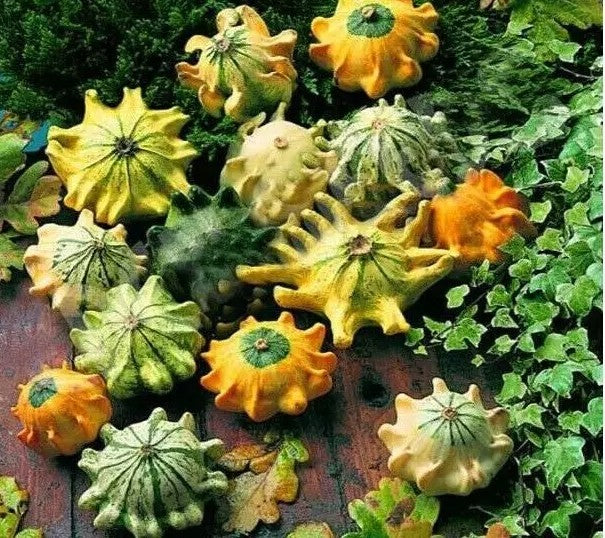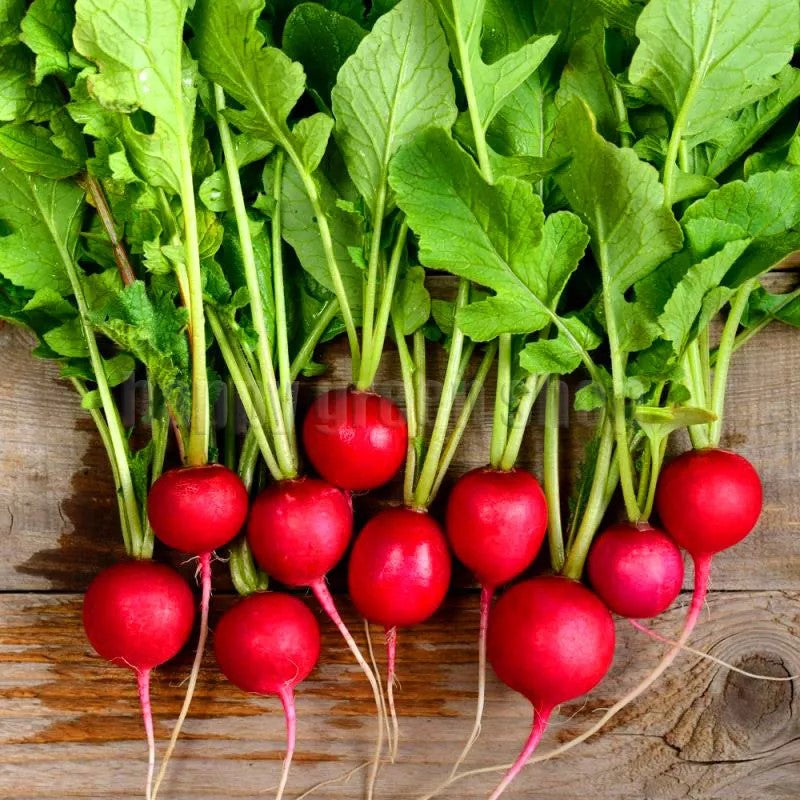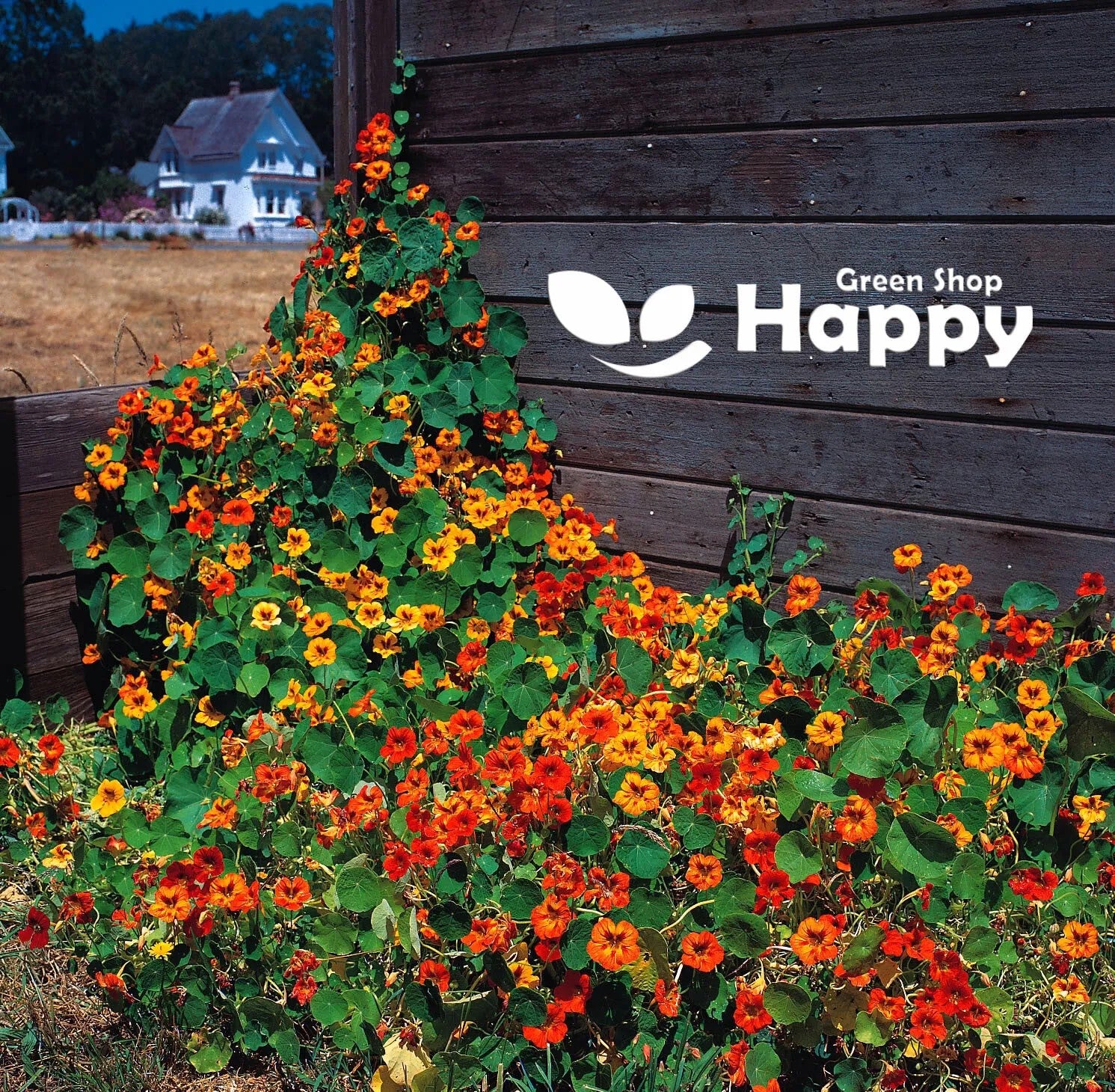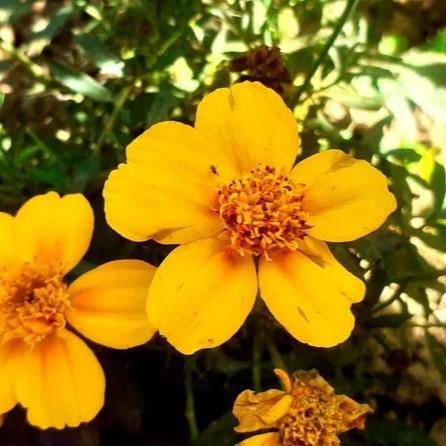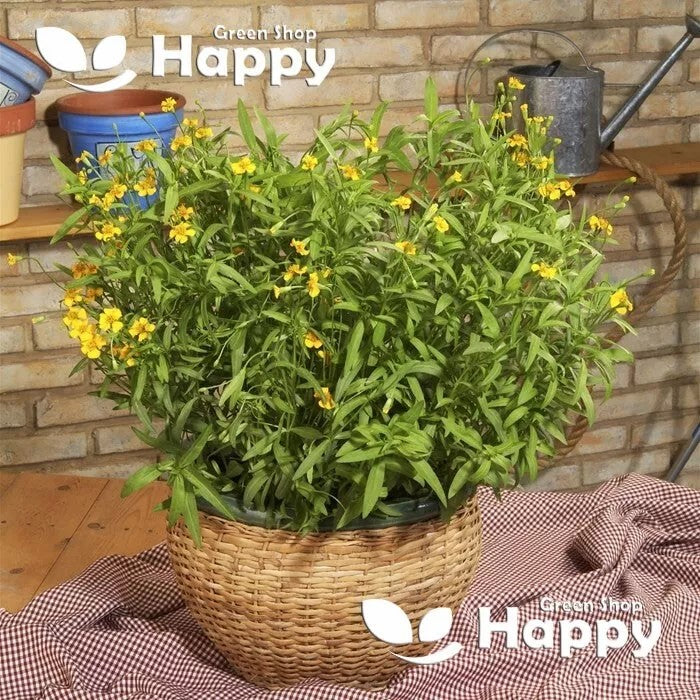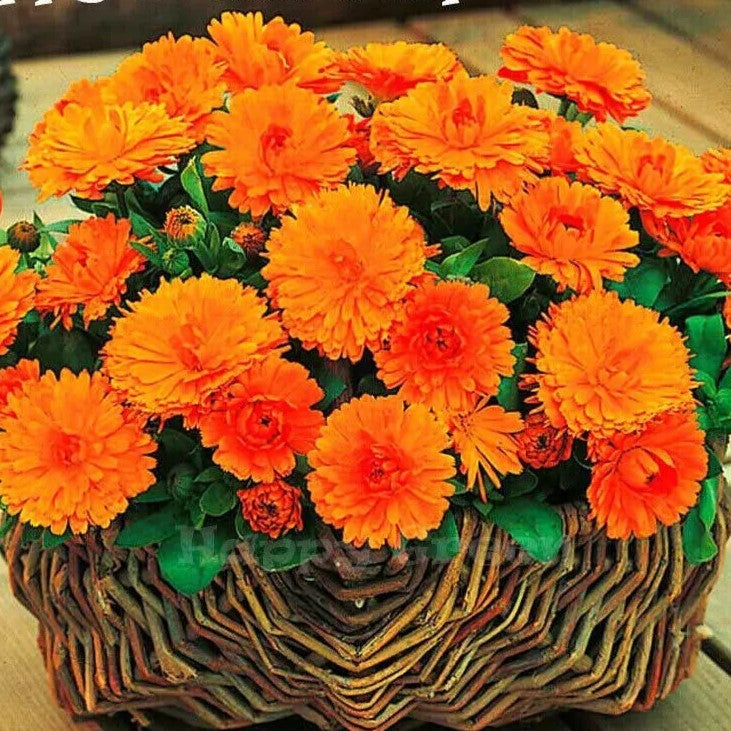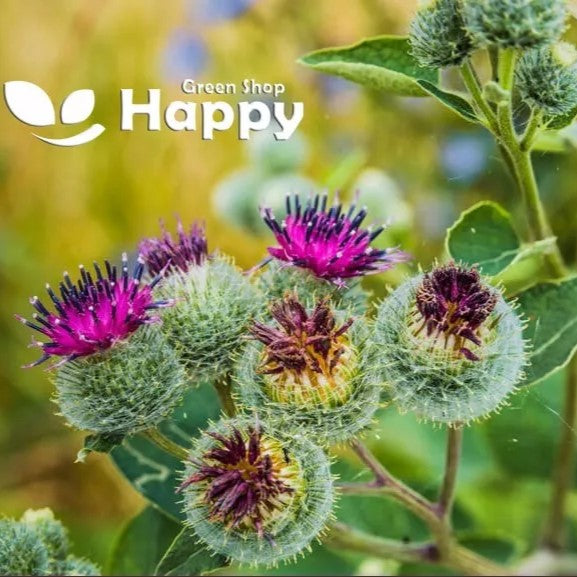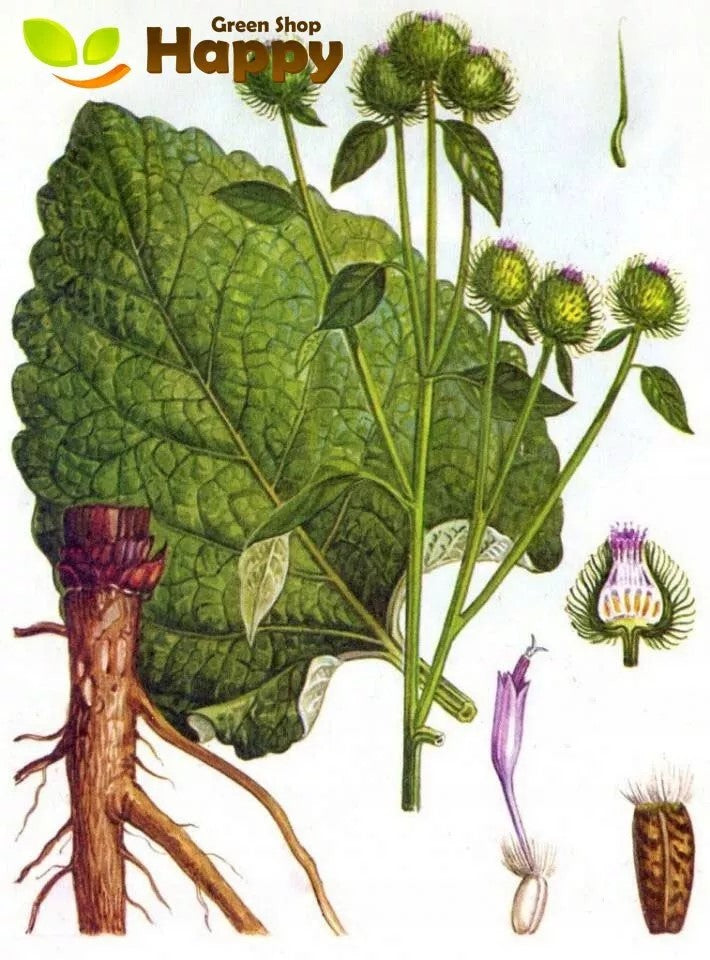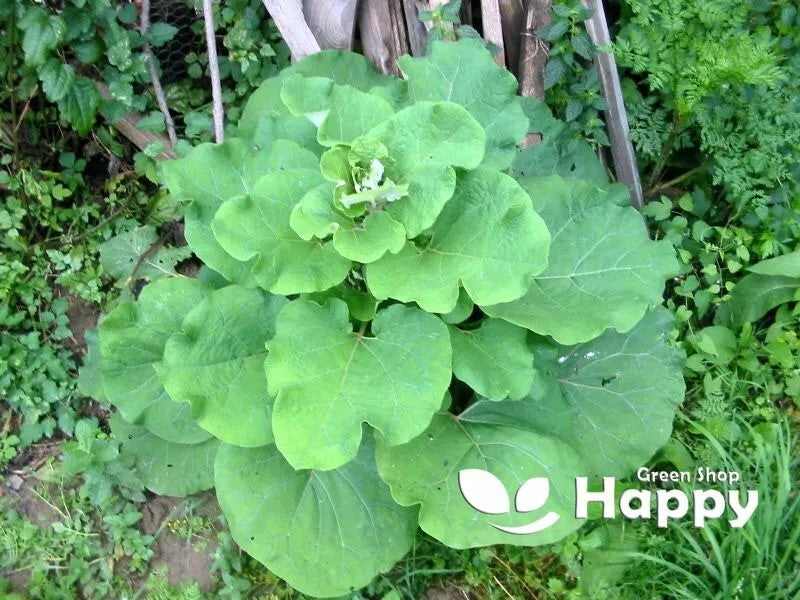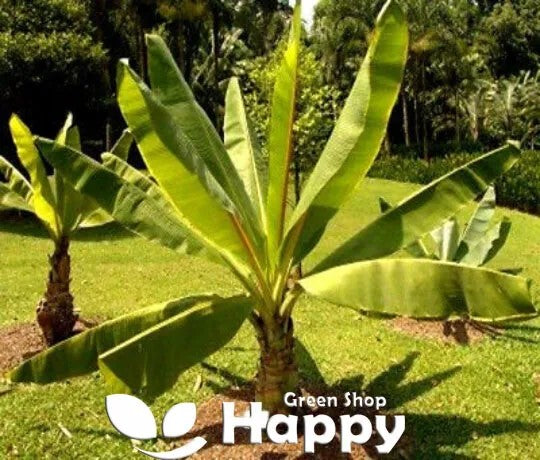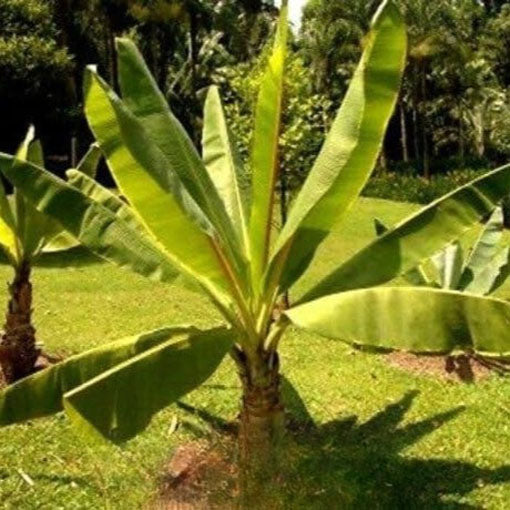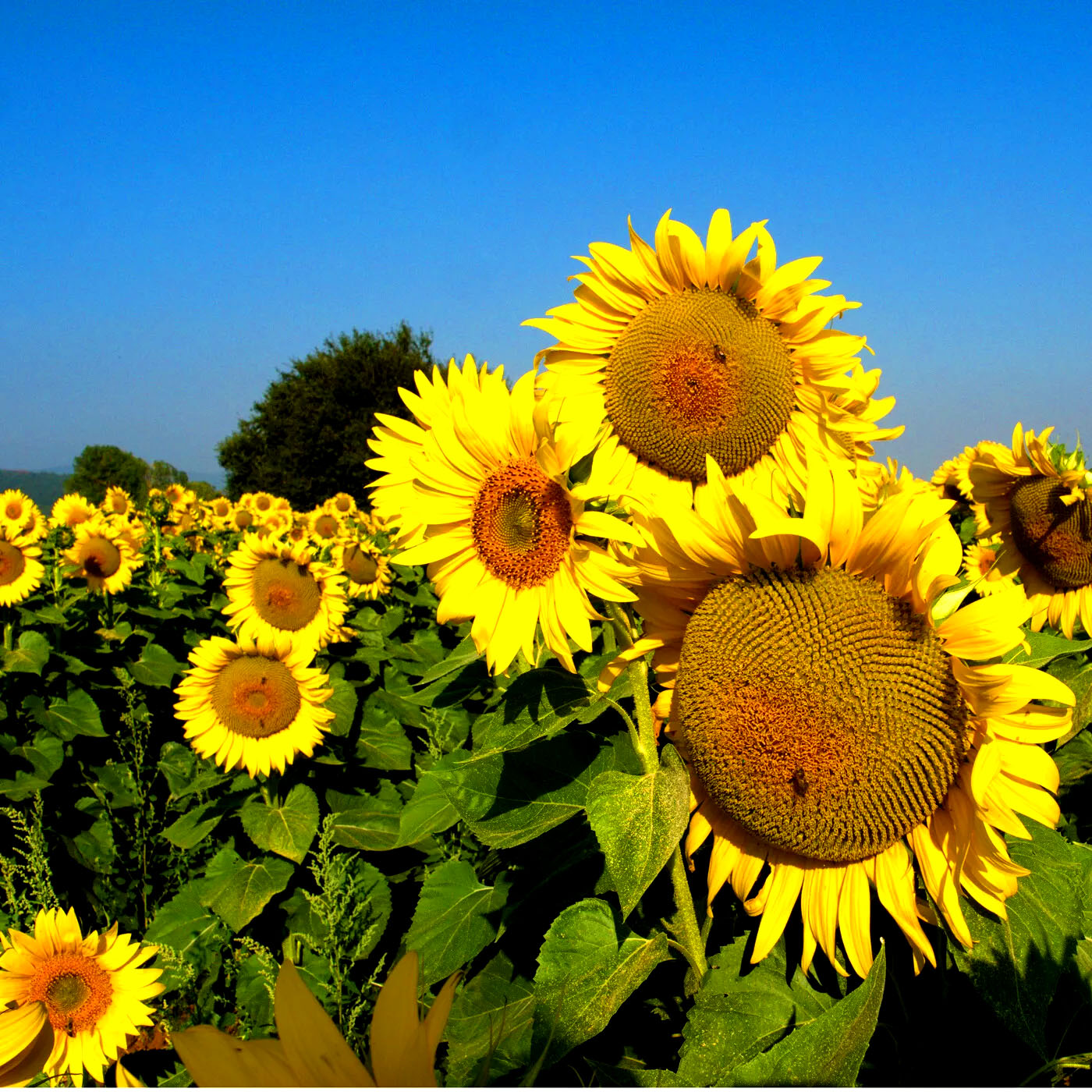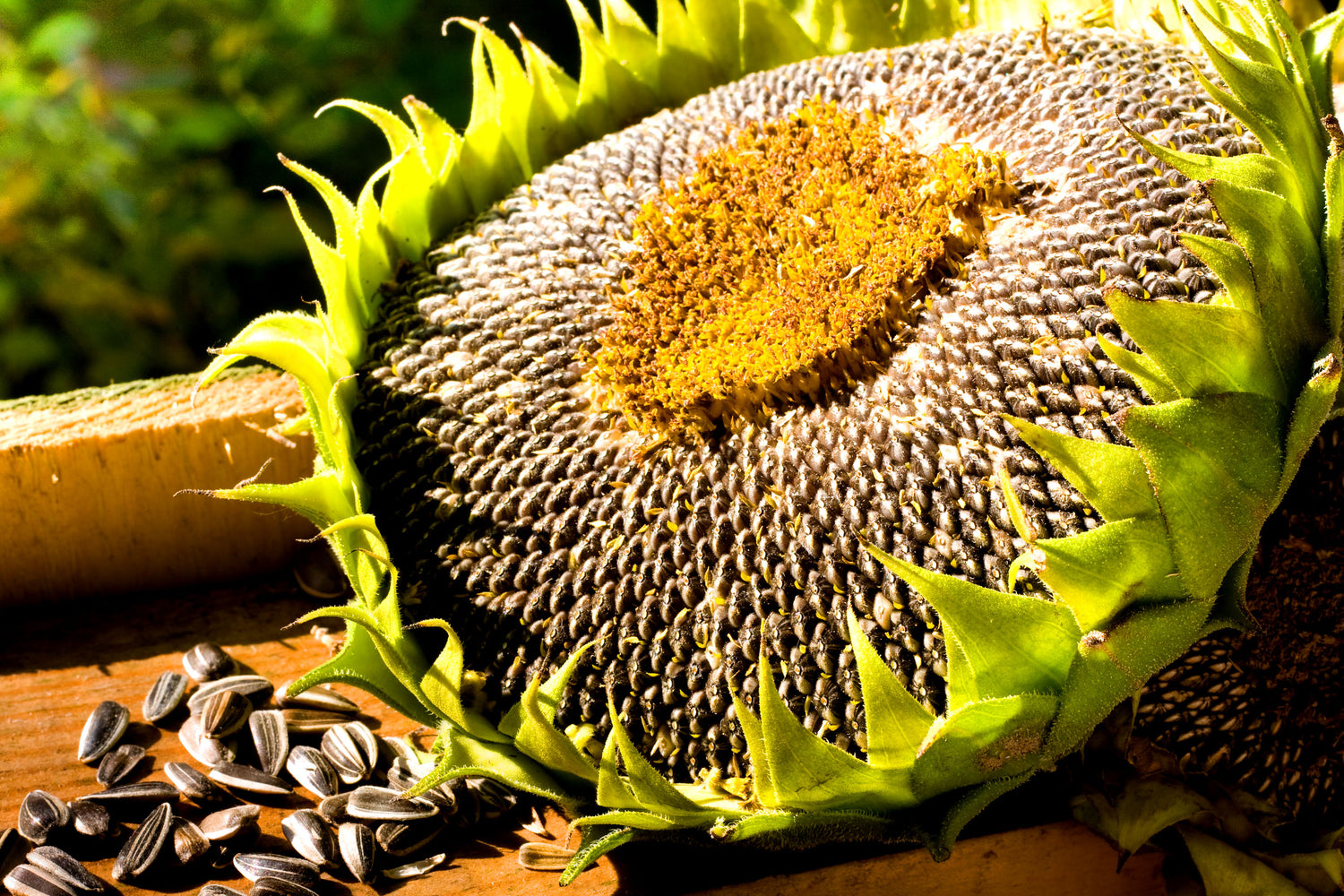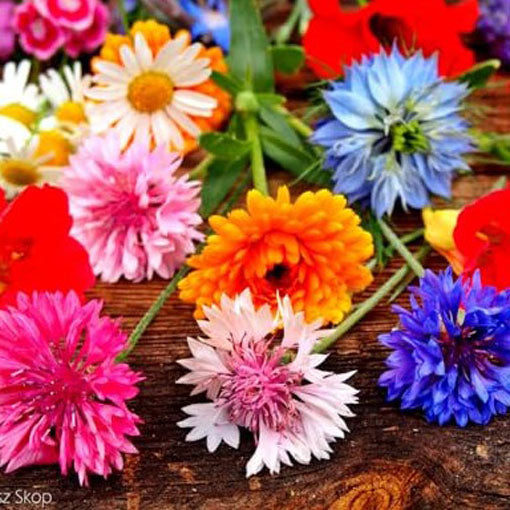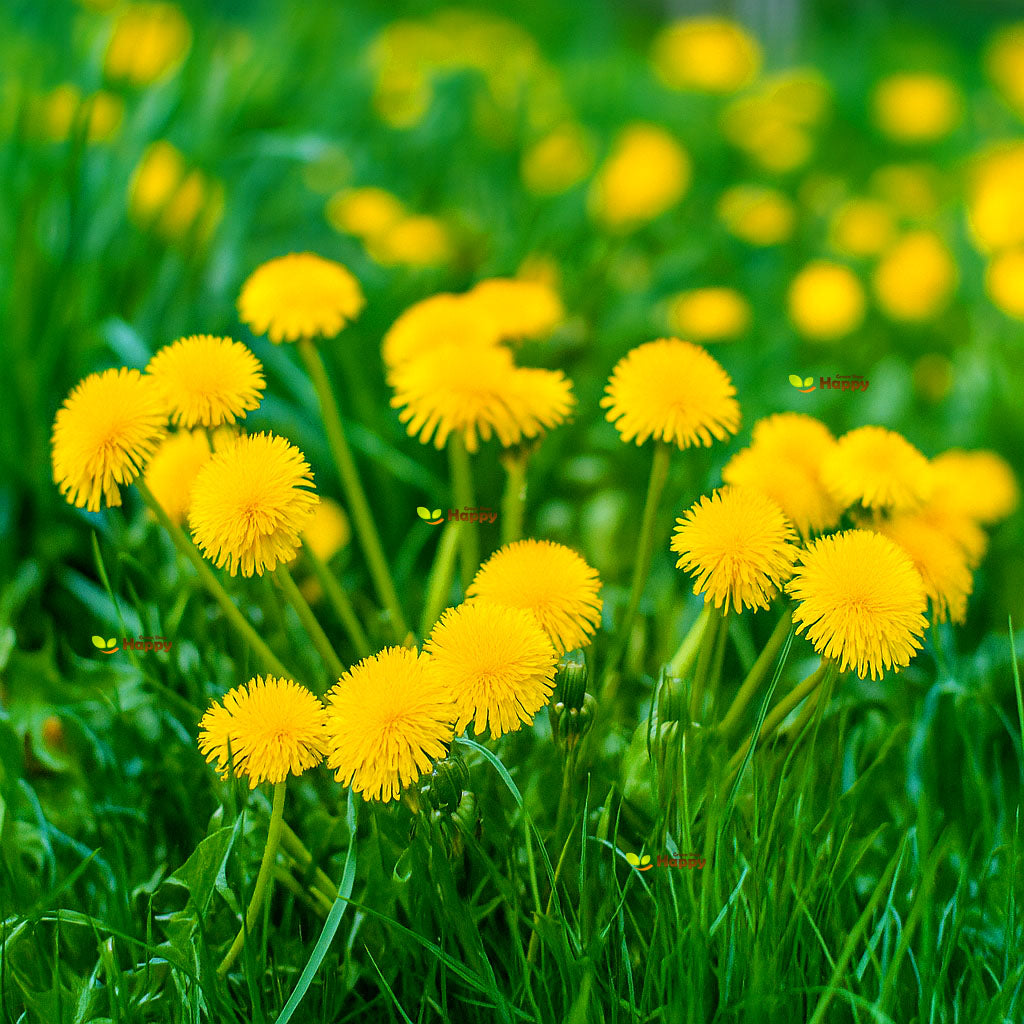Sort by:
33 products
33 products
Nasturtium 'Double Gleam Hybrids' Mix – 80 Seeds (Tropaeolum majus)
Fill your garden with vibrant color using Nasturtium 'Double Gleam Hybrids' Mix. This stunning variety produces semi-double blooms in shades of yellow, orange, and red above trailing, rounded foliage. Perfect for borders, hanging baskets, and containers, nasturtiums are also edible, adding color and spice to salads.
Why Grow 'Double Gleam Hybrids'
-
Semi-double, glowing flowers in warm tones
-
Long-lasting summer blooms
-
Attracts pollinators and beneficial insects
-
Edible flowers and leaves
Key Features
-
Type: Hardy annual (Tropaeolum majus)
-
Height: 30–40 cm, trailing
-
Flowering: June–September
-
Position: Full sun or partial shade
-
Uses: Borders, baskets, containers, edible flowers
Ideal For
-
Hanging baskets and window boxes
-
Bright summer bedding
-
Edible gardens and kitchen plots
-
Companion planting to deter pests
Sowing & Growing
-
Sow indoors: March–April in pots
-
Sow outdoors: April–June directly in soil
-
Germination: 7–14 days at 15–20°C
-
Plant spacing: 25–30 cm
-
Prefers poor to moderately fertile soil for best flowering
Mexican Tarragon – Seeds
(Tagetes lucida) – Perennial Herb / Ornamental
Mexican Tarragon, also known as Sweet Mace or Spanish Tarragon, is a versatile plant prized both as a culinary herb and a decorative flower. It produces bright golden-yellow blossoms and aromatic leaves with a distinctive anise-like flavor, often used as a substitute for French tarragon in cooking. Highly valued in traditional medicine and rituals, it is also a magnet for pollinators like bees and butterflies.
Key Features
-
Type: Tender perennial (often grown as annual in cooler climates)
-
Height: 45–75 cm
-
Spread: 30–40 cm
-
Flowers: Clusters of golden-yellow blooms
-
Blooming period: Summer to autumn
-
Position: Full sun
-
Soil: Well-drained, moderately fertile soil
-
Other: Aromatic foliage; edible herb
Ideal For
-
Herb and kitchen gardens
-
Summer borders and cottage gardens
-
Pollinator-friendly gardens
-
Containers and pots
-
Edible landscaping
Culinary & Herbal Uses
-
Leaves used fresh or dried in soups, sauces, chicken, and fish dishes
-
Herbal teas with calming properties
-
Traditional medicinal and ceremonial uses
Sowing & Growing
-
Sow indoors: February–April in seed trays with light soil.
-
Germination: 7–14 days at 18–22°C.
-
Transplant: Harden off and plant outdoors after the last frost.
-
Care: Prefers sunny, warm positions. Pinch young shoots to encourage bushiness. Harvest leaves before flowering for best flavor.
Marigold Orange 'Gitana' Seeds (Calendula officinalis)
Fill your garden with a burst of sunshine! Marigold Orange 'Gitana' is a compact variety producing masses of vivid orange blooms all summer long. Perfect for borders, pots, and cutting, these cheerful flowers are also edible—ideal for garnishes, salads, or herbal uses. Hardy and reliable, they thrive in almost any soil.
What Makes It Special
-
Dazzling deep orange flowers in abundance
-
Compact, bushy plants perfect for small spaces
-
Long-lasting blooms for months
-
Petals are edible and attractive to pollinators
Key Features
-
Pack Size: 150 seeds
-
Height: 25–35 cm
-
Annual, bushy growth habit
-
Easy to grow, even for beginners
Ideal For
-
Beds, borders, and cottage gardens
-
Pots and containers
-
Cutting gardens
-
Companion planting with vegetables
Sowing
-
Sow outdoors Mar–May in well-drained soil, full sun
-
Lightly cover seeds with fine soil
-
Germination: 7–14 days
-
Thin seedlings to 20–25 cm apart
Herb Sage – Seeds
(Salvia officinalis)
Herb Sage is a hardy perennial herb prized for its aromatic leaves and culinary versatility. Perfect for seasoning meats, soups, and sauces, its gray-green foliage also adds texture and fragrance to herb gardens. Easy to grow and drought-tolerant once established, it attracts pollinators and enhances both edible and ornamental plantings.
Why Grow Herb Sage?
-
Aromatic leaves for culinary and medicinal use
-
Hardy perennial, drought-tolerant once established
-
Attracts bees and pollinators
-
Adds texture and fragrance to gardens
Key Features
-
Type: Perennial herb
-
Height: 30–60 cm
-
Flowers: Blue-purple, late spring to summer
-
Position: Full sun
-
Soil: Well-drained, moderately fertile
Ideal For
-
Herb and culinary gardens
-
Pollinator-friendly plantings
-
Containers, borders, and rockeries
-
Perennial garden beds
Sowing & Growing
-
Sow indoors: February–April in seed trays
-
Sow outdoors: April–May directly in prepared soil
-
Germination: 14–21 days at 18–20°C
-
Spacing: 25–30 cm apart
-
Care: Moderate watering; prune after flowering to encourage fresh growth
Great Burdock Seeds (Arctium lappa)
Grow a versatile and medicinally valued plant with Great Burdock (Arctium lappa). Known for its large, edible roots and striking purple flower heads, this hardy biennial is perfect for vegetable gardens, herbal use, and natural landscaping. Easy to cultivate, it also attracts pollinators and adds architectural interest with its tall stems and broad leaves.
How to Grow
-
Sow seeds directly outdoors in spring after the last frost.
-
Use fertile, well-drained soil in full sun.
-
Sow seeds thinly and cover lightly with soil.
-
Keep soil moist until germination (10–20 days).
-
Thin seedlings to 30–50 cm apart to allow ample root development.
-
Harvest roots in the first year for medicinal use or leave to mature in the second year for flowers and seeds.
Key Features
-
Large edible roots valued for culinary and medicinal use
-
Striking purple thistle-like flower heads
-
Hardy biennial with rapid growth and tall stems
-
Attracts bees and pollinators
-
Architectural foliage adds interest to gardens
Ideal For
-
Vegetable and herb gardens
-
Natural or wildlife-friendly landscapes
-
Pollinator-friendly planting
-
Culinary and herbal uses
Sowing
-
Best time: Spring after the last frost
-
Germination: 10–20 days
-
Sow thinly and cover lightly with soil
-
Prefers full sun and fertile, well-drained soil
Quick Tip
-
For the best edible roots, harvest before the plant flowers in its first year.
Ethiopian Banana Plant – Seeds (Ensete ventricosum)
The Ethiopian Banana (Ensete ventricosum) is a striking tropical plant known for its massive, upright leaves and dramatic architectural presence. Unlike edible bananas, it is grown primarily as an ornamental for gardens, patios, and large containers. Slow-growing but hardy in warm climates, it brings a lush, tropical feel wherever it is planted.
Why Grow "Ethiopian Banana Plant"
-
Large, bold, tropical foliage
-
Dramatic architectural feature for gardens and patios
-
Hardy and long-lived in warm climates
-
Adds an exotic, tropical atmosphere
Key Features
-
Type: Tender perennial (Ensete ventricosum)
-
Height: 2–4 m (indoors/pots smaller)
-
Growth: Upright, clumping habit
-
Position: Full sun to partial shade
-
Uses: Specimen plant, tropical gardens, large pots/containers
Ideal For
-
Tropical and exotic garden themes
-
Large containers and patios
-
Conservatories and greenhouses
-
Statement landscaping plant
Sowing & Growing
-
Soak seeds for 24–48 hours before sowing
-
Sow indoors: Year-round in warm conditions
-
Germination: 4–12 weeks at 22–28°C
-
Use rich, free-draining compost and keep soil moist
-
Transplant into large containers as seedlings grow
Edible Sunflower Seeds (Helianthus annuus)
Bring bold beauty and flavor to your garden with Edible Sunflower (Helianthus annuus). This classic giant produces tall stems topped with golden-yellow blooms and plump, edible seeds. Both ornamental and practical, sunflowers are perfect for brightening garden spaces while providing a nutritious harvest for roasting or snacking.
How to Grow
-
Sow seeds directly outdoors from mid-spring after the last frost.
-
Choose fertile, well-drained soil in a sunny, sheltered spot.
-
Sow seeds 1.5–2.5 cm deep, spacing plants 30–45 cm apart.
-
Keep soil moist until seedlings are established.
-
Harvest seeds once the flower heads turn brown and dry.
Key Features
-
Produces tall, golden blooms and edible seeds
-
Dual-purpose: ornamental and nutritious
-
Seeds perfect for roasting and healthy snacking
-
Easy to grow and pollinator-friendly
-
Adds height and drama to garden borders and allotments
Ideal For
-
Home gardens, borders, and allotments
-
Harvesting seeds for roasting or snacks
-
Attracting pollinators and beneficial wildlife
-
Gardeners seeking both beauty and practicality
Sowing
-
Best time: Mid to late spring outdoors
-
Depth: 1.5–2.5 cm
-
Spacing: 30–45 cm apart
-
Prefers full sun and fertile, well-drained soil
Quick Tip
-
Cover ripening flower heads with netting to protect seeds from birds before harvest.
Edible Flowers Mix – 0.6g Seeds
Edible Flowers Mix is a delightful assortment of colorful, fragrant blooms perfect for culinary and decorative use. From salads and desserts to drinks and garnishes, these flowers bring both beauty and flavor to your kitchen. Easy to grow, they thrive in borders, containers, and small garden beds, making your garden as tasty as it is vibrant.
Why Grow "Edible Flowers Mix"
-
Colorful, fragrant blooms perfect for culinary use
-
Easy to grow in garden beds, containers, or borders
-
Long flowering period from spring to autumn
-
Attracts pollinators while enhancing edible creations
Key Features
-
Type: Annual mix of edible flowers
-
Height: Varies by variety, typically 15–60 cm
-
Flowering: Spring to autumn
-
Position: Full sun to partial shade
-
Uses: Culinary garnishes, salads, desserts, drinks, garden display
Ideal For
-
Edible and decorative garden planting
-
Culinary use in salads, desserts, and drinks
-
Pollinator-friendly garden spaces
-
Borders, containers, and small beds
Sowing & Growing
-
Sow indoors: February–April in seed trays
-
Sow outdoors: March–May in prepared soil
-
Germination: 7–20 days depending on variety
-
Thin seedlings to recommended spacing per variety
-
Prefers sunny, well-drained soil
-
Deadhead to encourage prolonged flowering
Dandelion – Seeds (Taraxacum officinale)
Dandelion (Taraxacum officinale) is a hardy perennial known for its bright yellow flowers and fluffy seed heads. A versatile and low-maintenance plant, it attracts pollinators such as bees and butterflies, supports beneficial insects, and can be used in salads, teas, and herbal remedies. Ideal for wildflower gardens, meadows, and naturalized areas, it adds color and ecological value while requiring minimal care.
Why Grow "Dandelion"
-
Bright yellow flowers and distinctive seed heads
-
Attracts pollinators and beneficial insects
-
Edible leaves and flowers for salads and teas
-
Low-maintenance and hardy in most soils
Key Features
-
Type: Perennial (Taraxacum officinale)
-
Height: 15–30 cm
-
Flowering: Spring to autumn
-
Position: Full sun to partial shade
-
Uses: Wildflower gardens, meadows, naturalized areas, edible gardens
Ideal For
-
Naturalized or meadow-style gardens
-
Pollinator-friendly planting
-
Edible and herbal gardens
-
Gardeners seeking low-maintenance, ecological plants
Sowing & Growing
-
Sow indoors: Early spring
-
Sow outdoors: Directly in soil after frost
-
Germination: 7–14 days
-
Space seedlings: 10–15 cm apart
-
Prefers well-drained soil and sunny locations
Showing 27/33



